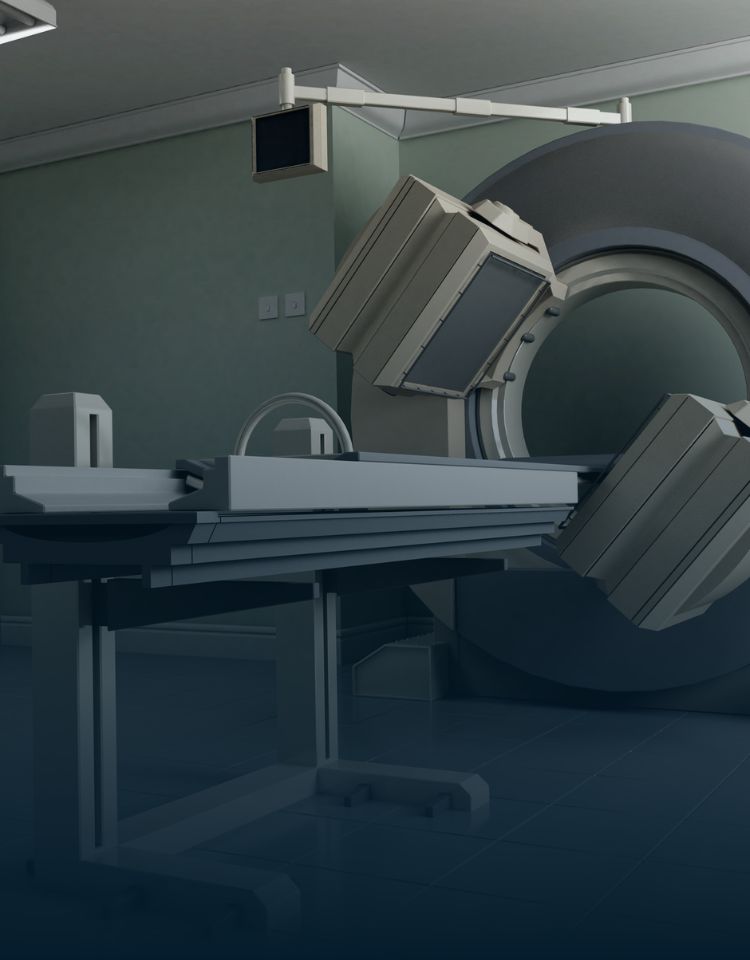Written By: Brandon Pedersen and Sonam Sapra, Student-at-Law
In Wabie[1], the court was faced with deciding whether the results of a SPECT scan can be used as a secondary tool to diagnose traumatic brain injury (“TBI”).
Facts
On August 20, 2014, the plaintiff, Elaine Wabie, was involved in a motor vehicle collision when her vehicle was struck from behind while she was stopped. Upon being struck, the plaintiff’s body jerked forward and then backward causing her head to hit the headrest of her car seat.
In 2015, the plaintiff’s family physician, Dr. Thomas Quigg, noted that she was exhibiting classic symptoms of a concussion. Subsequently, Dr. Quigg diagnosed the plaintiff with post-concussion syndrome and ordered that the plaintiff undergo an MRI. While the results of the MRI were normal, Dr. Quigg noted that the effects of a concussion often take time to present. Nevertheless, Dr. Quigg cleared the plaintiff to return to work.
In 2018, after the plaintiff’s attempt to return to work was unsuccessful, Dr. Quigg ordered that the plaintiff undergo what is known as a Single-photon emission computerized tomography (“SPECT”) scan. SPECT scans measure blood flow in the brain and look at brain function rather than brain structure, like an MRI or CAT scan. Therefore, SPECT scans can indicate whether a part of the brain is functioning abnormally by depicting how blood flows to organs and tissues and demonstrates the level of blood perfusion in any given area. The results of the plaintiff’s SPECT scan indicated that she was suffering from a TBI, thereby confirming Dr. Quigg’s original diagnosis.
At trial, after the evidence from the SPECT scan was presented to form a part of the evidentiary record, the defendant objected to its use. As a result, the issue before the court was whether the evidence obtained from the SPECT scan should be disregarded as evidence of the plaintiff’s TBI.
Arguments Before the Court
The defendant argued that the evidence obtained from the SPECT scan should be disregarded. The defendant relied on the decision in Meade[2] to form the basis of their argument. Meade was a personal injury case where there was a claim for damages for an alleged TBI from a motor vehicle collision. At the outset of trial in Meade, the defendant moved for an order excluding all the evidence obtained from a SPECT scan administered to the plaintiff. In Meade, the court found that the use of SPECT scans to prove a patient has suffered a TBI, particularly where it is necessary to differentiate the existence of a TBI from anxiety or depression, was a novel concept. As a result, the court found that SPECT scan evidence is not reliable, especially as it was not presented with any evidence that SPECT scans can be used to distinguish TBIs from anxiety or depression. Ultimately, the court in Meade disregarded the evidence from the SPECT scan in its entirety.
The plaintiff argued that this case is distinguishable from Meade. Specifically, the plaintiff argued that, unlike in Meade, the scan was not used to diagnose the plaintiff with a TBI, but rather was used to support a finding made by Dr. Quigg that she had suffered a TBI. The plaintiff also emphasized that, unlike in Meade, she was not advancing a claim for depression or anxiety.
The Court’s Analysis
The Court found that SPECT scans cannot be used as a primary diagnostic tool. Instead, the court concluded that SPECT scans can be used as a secondary diagnostic tool and can be used to support a TBI diagnosis.
The Court then looked at the use and purpose of the SPECT scan in this case. The Court noted that in this situation, the SPECT scan evidence was obtained after a TBI diagnosis was made by Dr. Quigg and was used to support Dr. Quigg’s diagnosis. In addition, the Court found that the SPECT scan was not used to distinguish the existence of a TBI from anxiety or depression. The Court therefore accepted the SPECT scan evidence as a secondary diagnostic tool.
Why This Matters
This case clarifies when SPECT scan evidence can be used to demonstrate a plaintiff is suffering from a TBI. Since the court found that SPECT scans are not primary tools for diagnosis, SPECT scan evidence can be used in concert with other medical techniques and observational tools to support a plaintiff’s TBI diagnosis. Finally, it is important to note that SPECT scan evidence is less likely to be admitted when a claim for depression or anxiety has been advanced or is at issue.
[1] Wabie v Wilson, 2022 ONSC 4296.
[2] Meade v Hussein, 2021 ONSC 7850.





